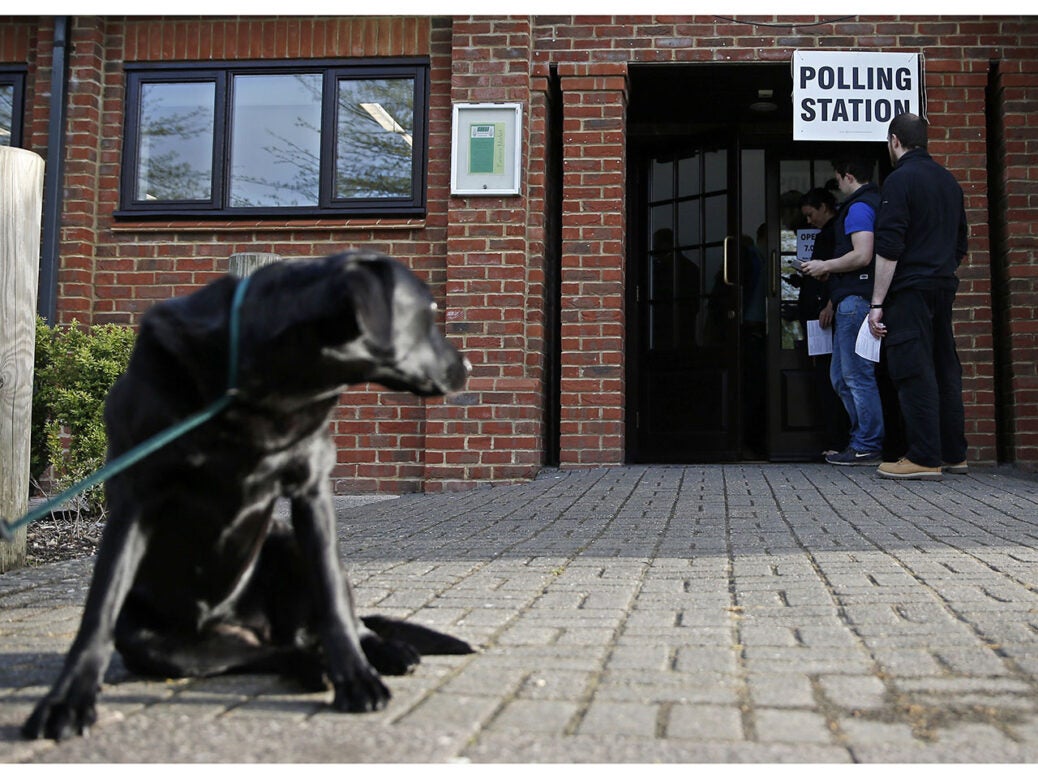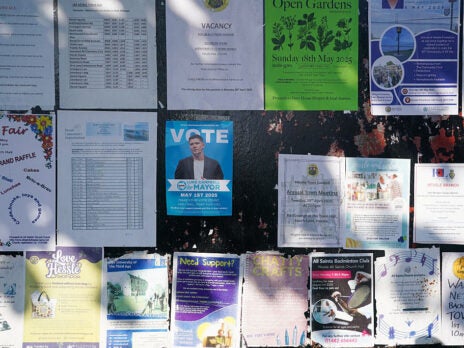
When will we know the impact of voter ID rules for certain? The local elections on Thursday will be the first exercise of the new ID mandate across much of England. Two million voters estimated to be without valid ID may be disenfranchised, and efforts to re-enfranchise them with “voter authority certificates” fell flat, yielding a measly 85,000 applications. But when it comes to people coming out to vote, how many will be turned away? And how many will be put off voting altogether?
We will be able to answer the first question. Local councils will be providing the data on total voters they have to turn away because they have no appropriate ID, but as to the number of voters who might be put off turning up to a polling station in the first place? That’s much trickier.
It will be hard – perhaps impossible – to properly measure. We could model it, but the room for error would render the estimates weak. Lean on turnout and you’re making risky assumptions. What we would be looking to ascertain is whether the ID mandate caused behavioural changes and kept otherwise electorally active voters stuck at home.
I take the view that requiring voters to change their behaviour to commit a civic activity will suppress turnout. Having to suddenly pay attention to something you’ve taken for granted since reaching adulthood will hurt those unused to the new behaviour mandated on them. That new behaviour requires having photo ID with you. And who tends to carry ID on them? Drivers. Students. Young(er) people used to having to show it in pubs or supermarkets.
It is because of this that I tentatively believe the mandate will disproportionately hurt older Britons more than younger, even if the forms of acceptable ID seem to benefit older people (an over-60 Oyster card is allowed, for example, whereas an over-18 student one is not).
[See also: Could the local elections be a damp squib for Labour? Here’s what councillors think]
Older Britons, of course, trend Tory. And it is because of that that measuring turnout change is even harder.
The polls of the last year and a bit – the period in which we have seen a surge in support for Labour – have been partly driven by rising Tory apathy. As many as 20 per cent of those who backed the Conservatives at the 2019 election have given indications they aren’t sure about turning out again for them this year. In recent parliamentary by-elections turnout has been disproportionately lower in Conservative-voting areas than Labour. While by-election turnout is down overall, in the December by-election in Chester it was doubly so, as a proportion, in council wards represented by Conservative councillors.
This will muddy analysis of the local elections. Writers will rightly look to prove or disprove the expectation that voter ID will suppress voter engagement, but when there has been a disproportionate fall in support for one party over all others, with a great many of those supporters indicating outright apathy about voting, attributing any change in turnout will be complicated. Whatever happens, the 2023 local elections will likely in part be characterised by falling turnout. Tory voters will stay at home, gifting Labour advances. That’s not a consequence of voter ID. So if, as some think, voter ID will suppress voter enthusiasm, how are we to prove it?
[See also: Britain Predicts]

